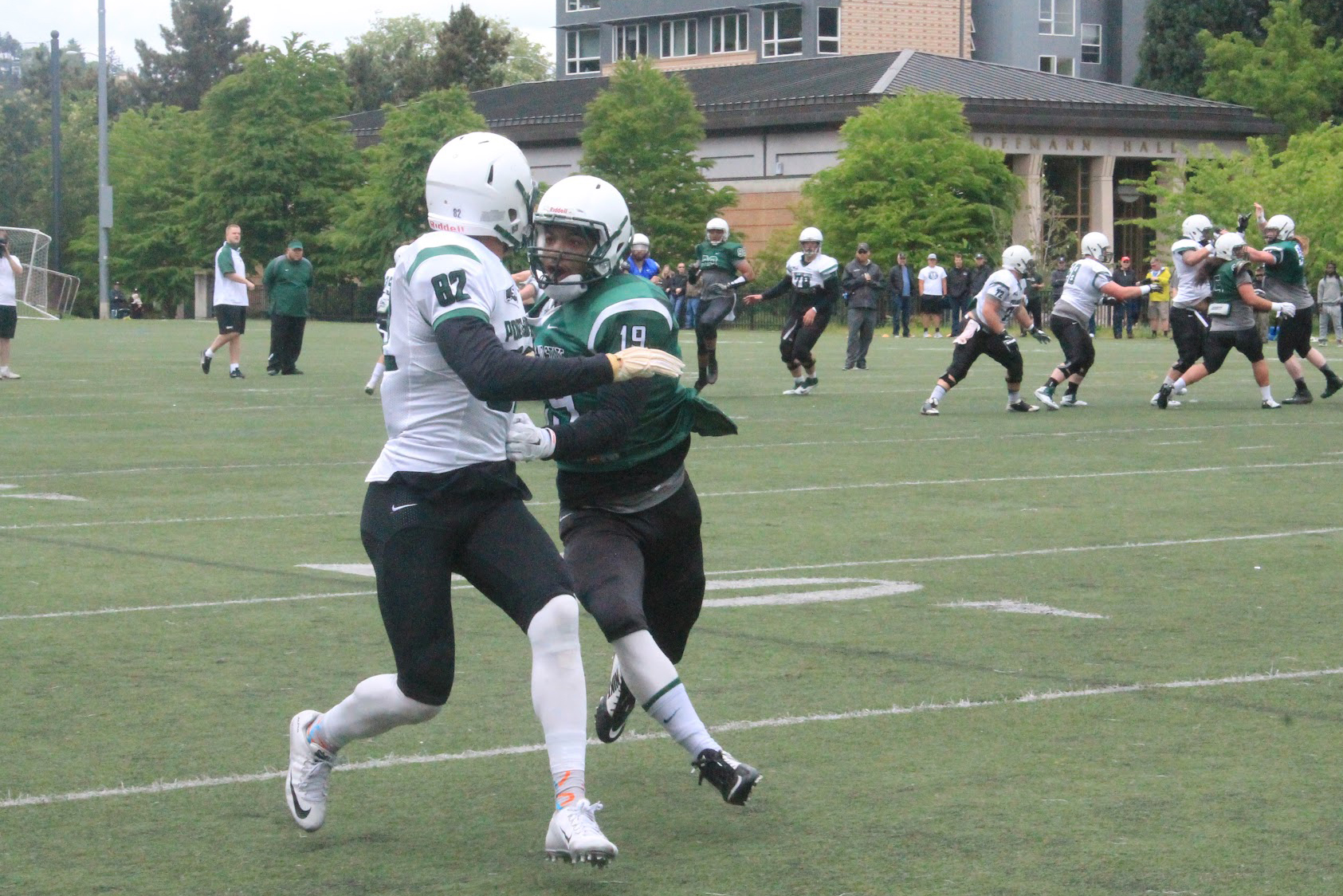Tsukioka Kogyo was one of the last artists in Japan to create woodblock prints depicting Noh Theater, and the Littman Gallery on the second floor of Smith Memorial Student Union will be displaying some of this rare art during the month of November.
Rare Japanese art visits PSU
Tsukioka Kogyo was one of the last artists in Japan to create woodblock prints depicting Noh Theater, and the Littman Gallery on the second floor of Smith Memorial Student Union will be displaying some of this rare art during the month of November.
The Theater Prints of Tsukioka Kogyo will be on display until Nov. 28, and have already attracted Asian-art experts and amateur-art lovers alike. The exhibit displays numerous woodblock prints by Tsukioka Kogyo, who created these pieces from the late 1800s until 1927.
The works on display are from two series of Noh Theater plays created in the 1920s. Each piece is a print from a scene during a Noh Theater play, and each was transferred from its original woodcarving and put into bound albums.
Noh Theater, an art form associated with military classes and shoguns, is the equivalent of western opera and encompasses theatrical elements such as masked main characters, a chorus, an audience on three sides and the slow movement of the actors. Noh Theater was Kogyo’s specialty.
In the last week, two professors at PSU have lectured on Kogyo and his art. The keynote speaker, Professor Bruce Coats of Scripps University, gave the lecture “Kogyo’s World: Japanese Theater Prints,” which marked the opening of the exhibit. Yasutaka Maruki of Pacific University spoke about the main characters involved in Noh Theater.
Both of the lectures explored the era in which Noh Theater was popular, during the beginnings of the Industrial Period. The lectures also provided insight into the prevailing political atmosphere in Japan during K퀌�gyo’s life, characterized by a de-emphasis on western influence and modernity, which was replaced by a return to eastern cultural tradition.
Interest in this art stemmed from Scripps University’s sudden acquisition of some Noh Theater prints. Coats said that students donated most of the items of Japanese art.
“Most of the students inherited these objects from their grandparents but didn’t want to keep them,” Coates said. “We feel obliged to put them on display for everyone to understand the late Victorian time period.”
Students of Scripps University have contributed not only prints, but also items such as ceramics, textiles and paintings. Because former owners did not keep them on display, the prints remain in mint condition.
Maruki’s expertise is based on his experiences in seeing Noh Theater, as well as his knowledge of why artists such as Kogyo, spent their lives recording these plays.
“The way I appreciate Noh Theater, although I haven’t seen all types of theater, is a sensation like ecstasy when I see a good performance,” Maruki said. “It is not like any other art forms; it can be mesmerizing.”
The next two lectures, on Nov. 16 at 2 p.m. and Nov. 20 at noon, will include walk-through tours of the exhibit. The exhibit is in the Littman Gallery (room 250 of Smith Memorial Student Union), and is open to the public from noon to 4 p.m. Monday through Friday and from 10 a.m. to 2 p.m. on Saturdays.



